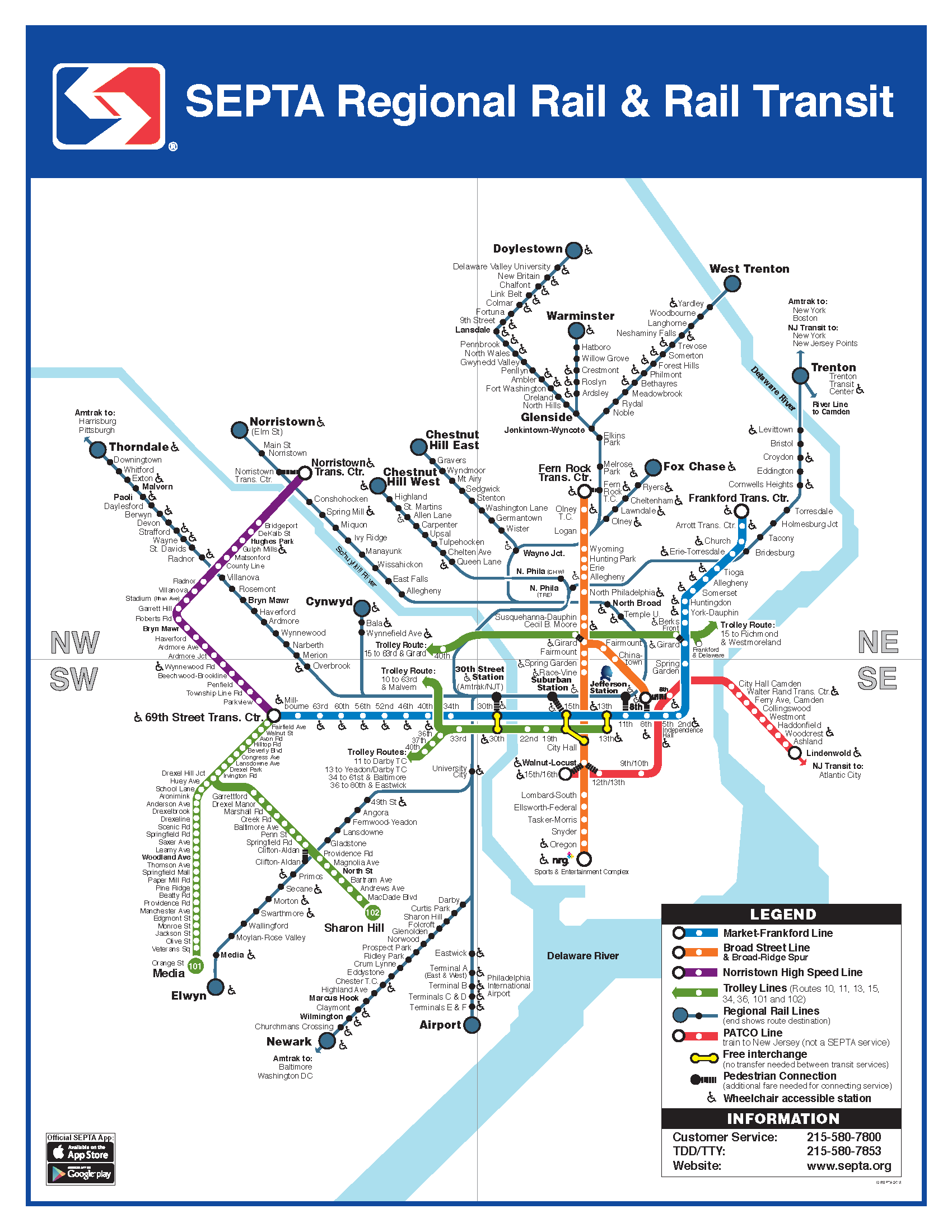Many are called, but only one is chosen. And the Southeastern Pennsylvania Transportation Authority (SEPTA) just chose Huitt-Zollars, Inc. for an 18-month study to create a regional rail network masterplan as part of the 3-year SEPTA General Planning Contract (GPC). But this is no conventional analysis. Philadelphia boast s one of the biggest and busiest commuter rail systems in the US. SEPTA wants Huitt-Zollars to improve it by examining its service patterns, fares, equipment, stations, infrastructure, and operations for transformational ways to integrate commuter, heavy, and light rail, and bus networks. The mandate also includes a fulsome equity analysis to transition the system to two-way, all-day service. And the Huitt-Zollars team—featuring subs that include Nelson/Nygaard, Connect the Dots, Portfolio Associates, Ross & Baruzzini, and Entro—is uniquely qualified to do it.
s one of the biggest and busiest commuter rail systems in the US. SEPTA wants Huitt-Zollars to improve it by examining its service patterns, fares, equipment, stations, infrastructure, and operations for transformational ways to integrate commuter, heavy, and light rail, and bus networks. The mandate also includes a fulsome equity analysis to transition the system to two-way, all-day service. And the Huitt-Zollars team—featuring subs that include Nelson/Nygaard, Connect the Dots, Portfolio Associates, Ross & Baruzzini, and Entro—is uniquely qualified to do it.
“This is an opportunity to completely reimagine what SEPTA Regional Rail means—what kind of trips it provides, who can benefit, what’s the riding experience, etc.,” explains award-winning Huitt-Zollars Planner and author Christof Spieler. “This project is about working with the community, elected officials, the SEPTA board, and SEPTA departments to develop a vision of an alternate, optimized future while gaining necessary buy-in to realize it.” Evidently, SEPTA agrees.

“Huitt-Zollars and Christof bring experience in urban planning, with a focus on community development and public outreach—a key project management trait,” adds SEPTA Project Manager Ryan Judge. Judge knows of what he speaks as well as the importance of context. With roots that trace back to both the Pennsylvania and Reading Railroads, SEPTA took over the network in 1983 and transformed it out of the gate. Today, as the fifth busiest commuter rail system, SEPTA Regional Rail averages 132,000 daily riders—carrying the multitude of 9-to-5 commuters to and from Center City—and connects Philadelphia with all of its surrounding counties, helping to support a vast transportation network. But to make it even more useful and efficient, it once again needs a transformational upgrade. So, the Huitt-Zollars team will have its work cut out for it. But they are ready.
 A comprehensive study encompassing safety, state-of-good-repair needs, regulatory requirements, operational efficiencies, and infrastructure constraints, the team will address all 155 stations in the system as well as trip demand, land use, and enhanced integration to drive greater ridership. And even that is more difficult than it sounds, as post-COVID transit is evolving on a daily basis. To better understand those changes and ridership desires, the tightly knit Huitt-Zollars team will conduct a public engagement campaign and draw on the entire team’s strengths in planning, communication, community outreach, and engineering. Ultimately, the Huitt-Zollars team will work with SEPTA to develop a long-term vision for SEPTA Regional Rail with complete customer buy-in and support to guide the next generation of transportation investment while adding options for board consideration.
A comprehensive study encompassing safety, state-of-good-repair needs, regulatory requirements, operational efficiencies, and infrastructure constraints, the team will address all 155 stations in the system as well as trip demand, land use, and enhanced integration to drive greater ridership. And even that is more difficult than it sounds, as post-COVID transit is evolving on a daily basis. To better understand those changes and ridership desires, the tightly knit Huitt-Zollars team will conduct a public engagement campaign and draw on the entire team’s strengths in planning, communication, community outreach, and engineering. Ultimately, the Huitt-Zollars team will work with SEPTA to develop a long-term vision for SEPTA Regional Rail with complete customer buy-in and support to guide the next generation of transportation investment while adding options for board consideration.
Many are called, but only one is chosen. SEPTA Regional Rail has made a choice to build a better system. And they chose Huitt-Zollars and its transit-passionate team to help optimize their regional rail and better integrate it into Philadelphia’s transportation infrastructure and the future.
